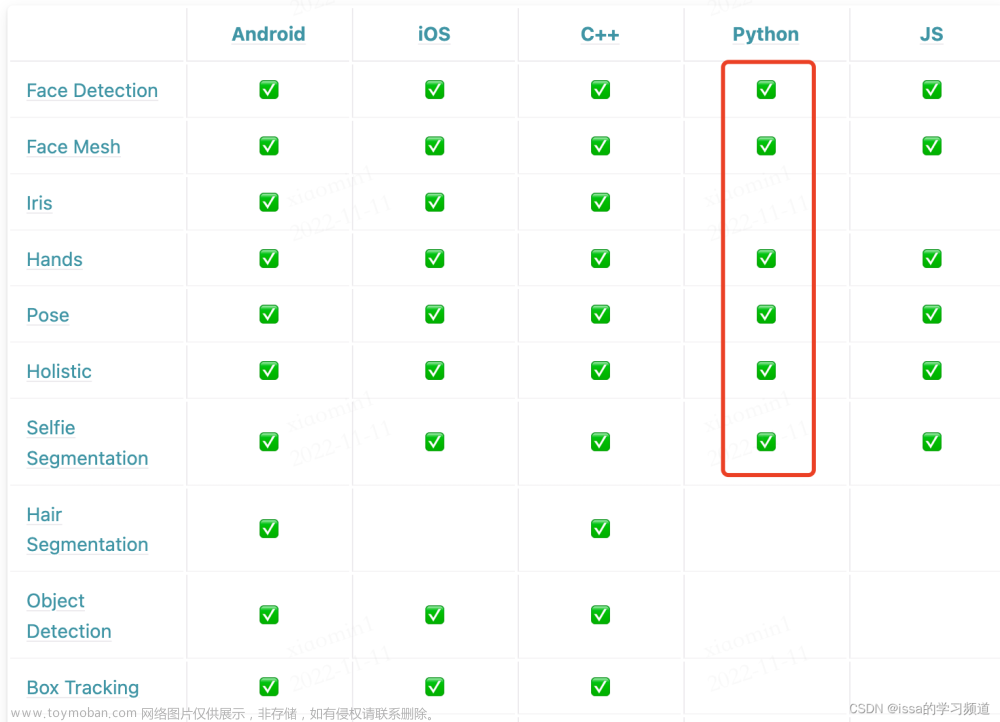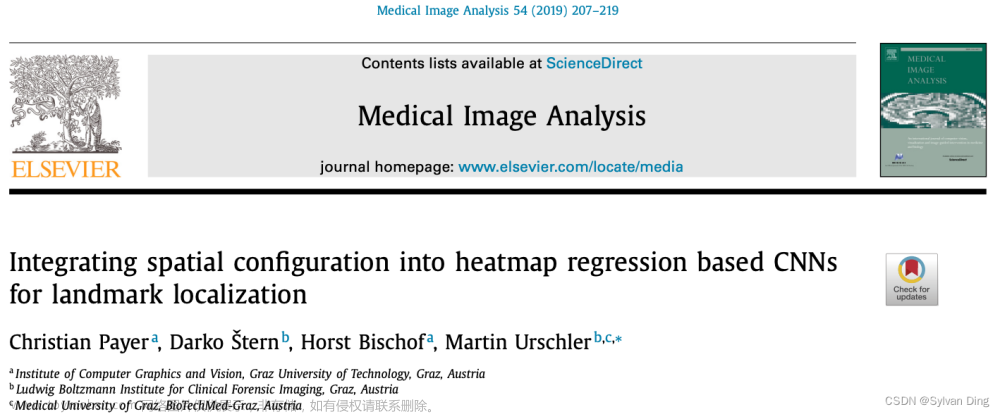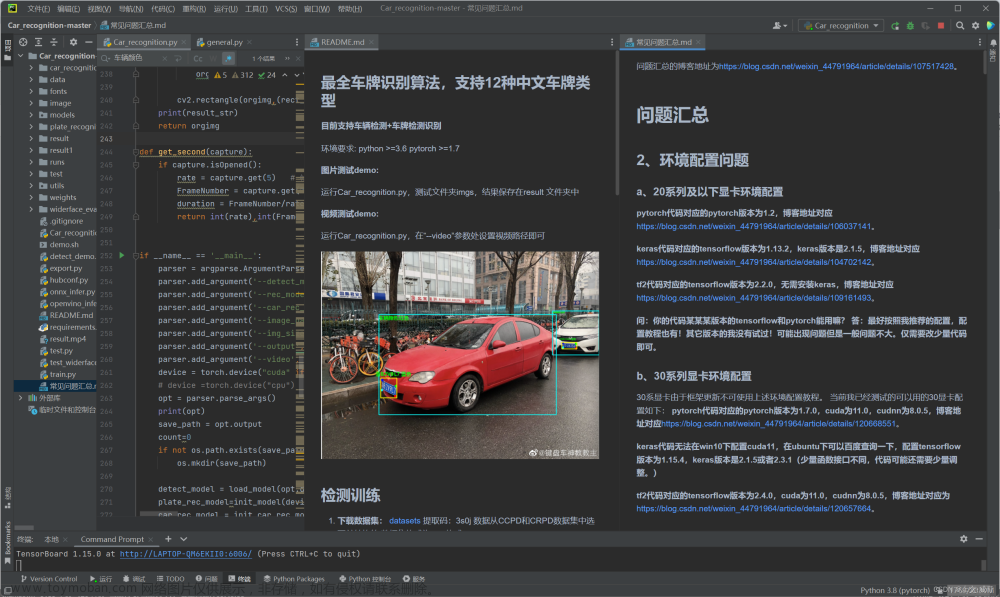#导入工具包
from collections import OrderedDict
import numpy as np
import argparse
import dlib
import cv2
#https://ibug.doc.ic.ac.uk/resources/facial-point-annotations/
#http://dlib.net/files/
# 参数
ap = argparse.ArgumentParser()
ap.add_argument("-p", "--shape-predictor", required=True,
help="path to facial landmark predictor")
ap.add_argument("-i", "--image", required=True,
help="path to input image")
args = vars(ap.parse_args())
FACIAL_LANDMARKS_68_IDXS = OrderedDict([
("mouth", (48, 68)),
("right_eyebrow", (17, 22)),
("left_eyebrow", (22, 27)),
("right_eye", (36, 42)),
("left_eye", (42, 48)),
("nose", (27, 36)),
("jaw", (0, 17))
])
FACIAL_LANDMARKS_5_IDXS = OrderedDict([
("right_eye", (2, 3)),
("left_eye", (0, 1)),
("nose", (4))
])
def shape_to_np(shape, dtype="int"):
# 创建68*2
文章来源地址https://www.toymoban.com/news/detail-661213.html
文章来源:https://www.toymoban.com/news/detail-661213.html
到了这里,关于opencv-人脸关键点定位的文章就介绍完了。如果您还想了解更多内容,请在右上角搜索TOY模板网以前的文章或继续浏览下面的相关文章,希望大家以后多多支持TOY模板网!














